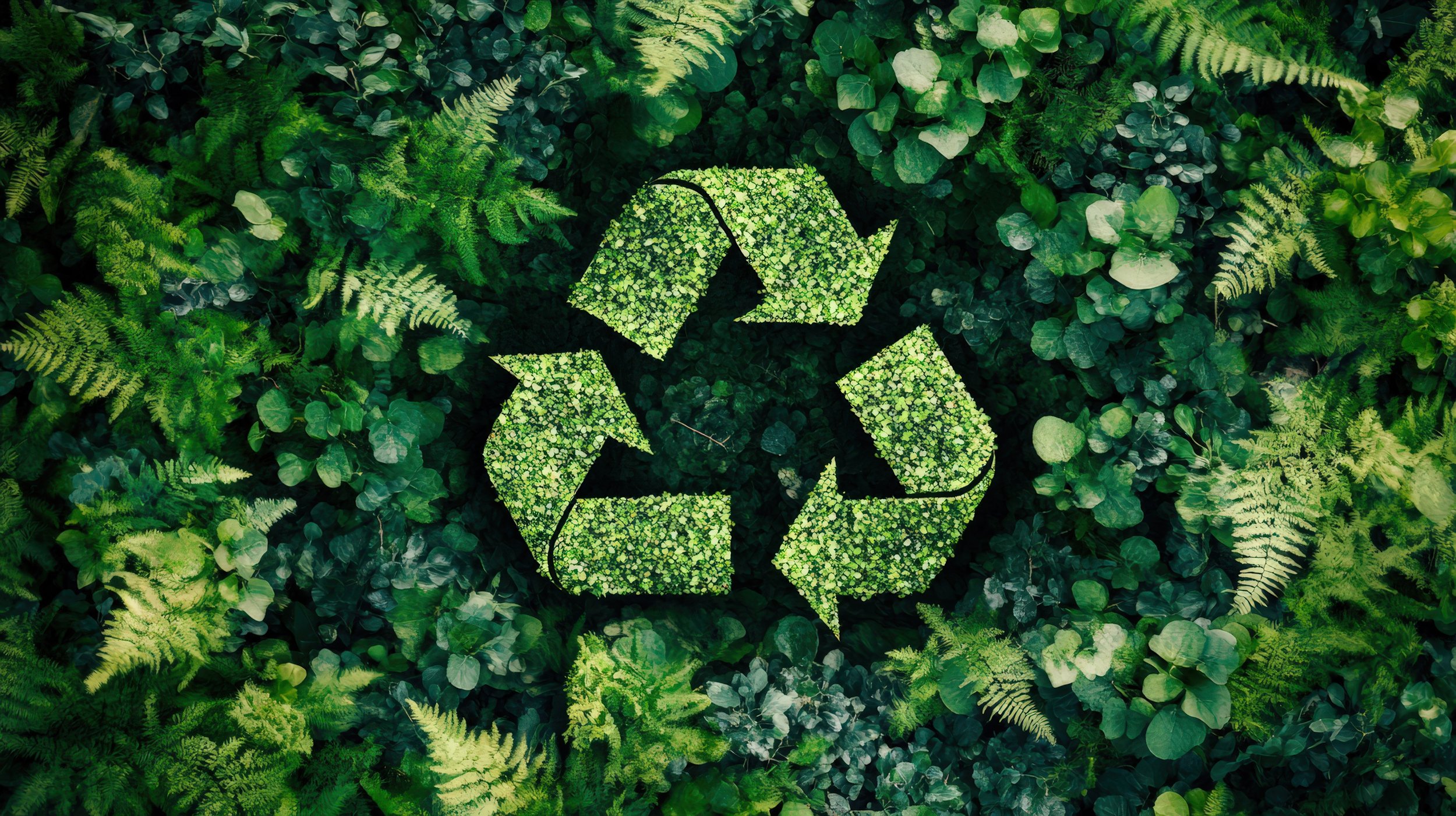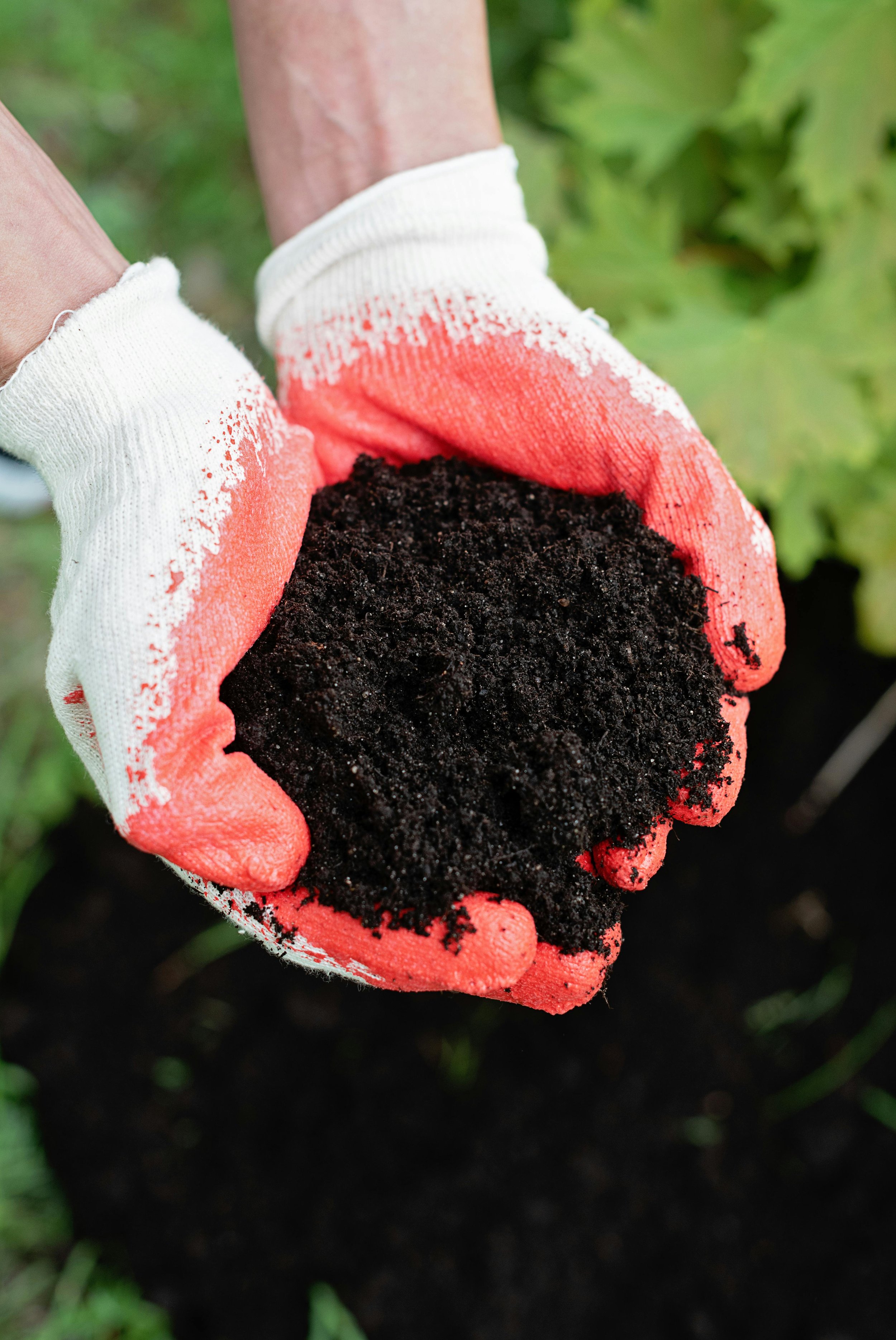
The Hard Facts About Recycling and Composting
This is worth an entire chapter of its own.
Fact: The likelihood that a plastic-printed object will reach its appropriate end-of-life (EOL) destination remains exceedingly low. While all plastics are “technically” recyclable, the financial and infrastructural requirements necessary for effective recycling are largely absent. We call this wishcycling, a term created in the early 2010s by experts within the field of recycling and sustainability to describe the mindset of “We all wish it was recycled, but we know all know it won’t be”.
For over 50 years, petrochemical companies have perpetuated the narrative that the global plastic waste crisis can be resolved simply by increasing recycling efforts. However, these same entities have actively—sometimes covertly—lobbied against the development of essential recycling infrastructure. Or worse, creating “new and improved methods” of wishcycling with “chemical recycling”. These are simply distractions to the root cause.
The driving force behind this opposition is purely economic. For every single kilogram of recycled plastic sold, it equates to one kilogram less of virgin plastic being manufactured and sold, directly impacting the petrol-chemical corporate profits. Since we do not hold these companies accountable for the pollution they generate daily, recycling will remain an impractical solution to the planet’s plastic waste problem.
Furthermore, the PLA industry and its claims of compostability follow a similar narrative of " Plant the seeds, and the garden will grow". Since its introduction into the market, PLA has been positioned as a replacement for certain petrochemical-based materials, emphasizing its bio-based origin and renewable feedstocks. However, its degradation is highly dependent on specific conditions that are rarely met in real-world environments.
This limitation is evident in the requirements of ASTM D6400, which mandates that industrial composting facilities be equipped with controlled enclosed digesters capable of maintaining elevated temperatures (above PLA's glass transition temperature), regulated pH, moisture levels, and oxygen availability. These stringent conditions are virtually nonexistent in natural biomes—except, perhaps, inside a volcano.
When PLA does not encounter the appropriate conditions for degradation, it does not harmlessly disappear. Instead, it undergoes mechanical erosion, fragmenting into micro- and nano-plastics that persist in the environment. These particles have been scientifically proven to be toxic to marine life, further challenging the notion that PLA offers a truly sustainable end-of-life solution.
While PLA represents a step toward reducing dependence on fossil fuels by utilizing renewable resources, the infrastructure necessary to support its proper end-of-life (EOL) disposal remains largely inaccessible to the average consumer.
Moreover, ASTM D6400 Industrial Compostability does not apply to highly crystalline PLA (commonly known as High-Temp PLA), as its increased glass transition temperature (Tg) renders it unsuitable for industrial composting. This distinction is often overlooked, further complicating some of the PLA’s sustainability claims.
Additionally, compostable bioplastics provide no tangible benefits to the composting industry. These materials do not enhance the organic content of compost, nor do they contribute nutrients or improve soil efficacy. As a result, composting facilities classify them as contaminants, ultimately diverting them to landfills—the very outcome they were intended to avoid.
This highlights a fundamental failure in achieving a circular economy for these materials. Governments—except for Italy—have largely ignored the issue, corporations remain unwilling to fund the necessary infrastructure, and consumers, despite their best intentions, are misled by greenwashing claims and wishcycling practices that promise sustainability but fail to deliver real solutions.


